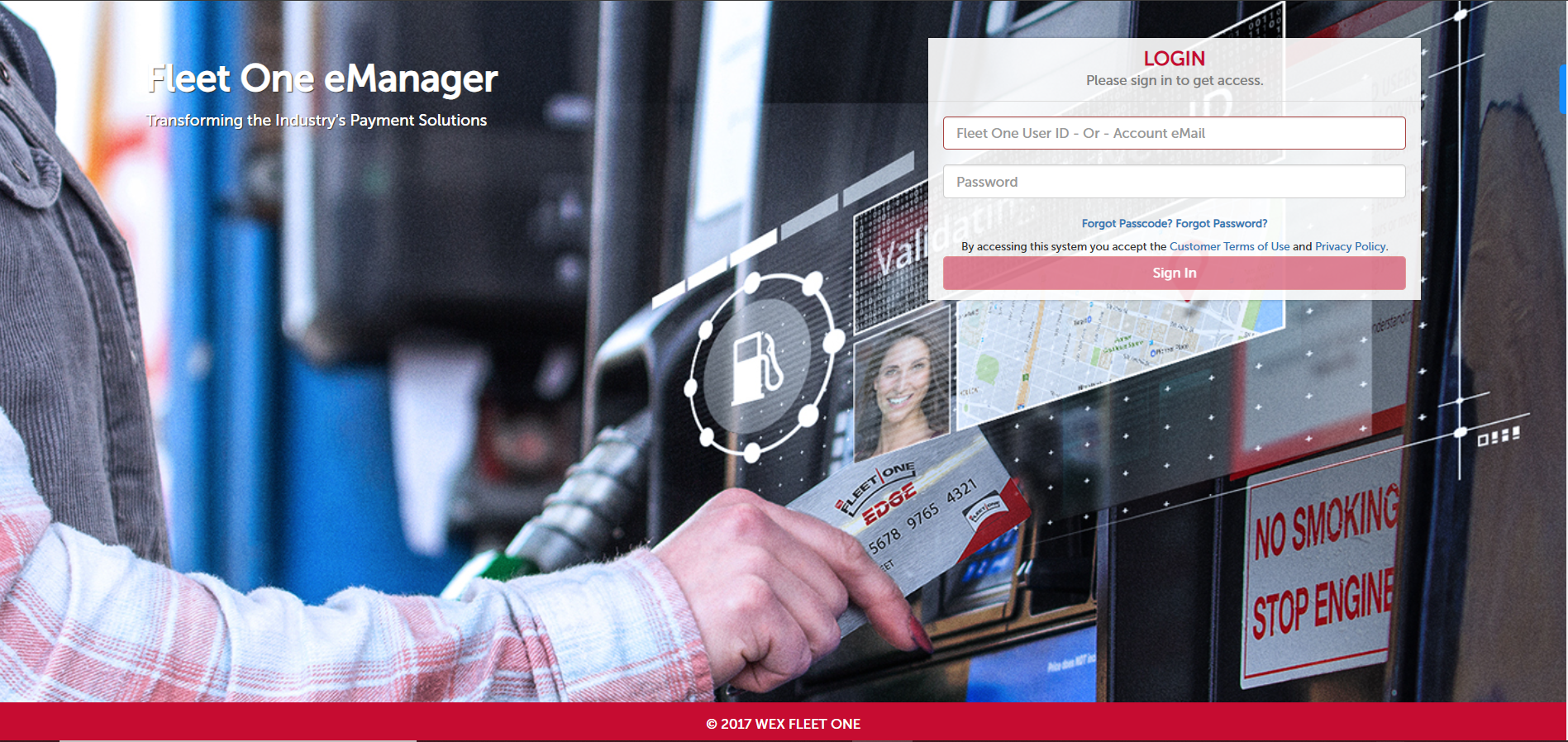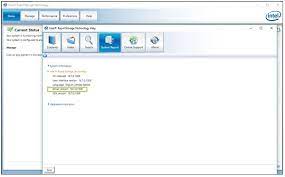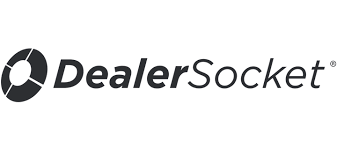
Streamlining Your Fleet Management: A Guide to Fleet One Login
For businesses involved in fleet management, Fleet One stands as a valuable platform, offering solutions to streamline operations and manage fuel expenses. To make the most of its features, understanding the Fleet One login process is crucial. In this comprehensive guide, we will explore the steps involved in logging into Fleet One, the platform’s key features, and how businesses can optimize their fleet management experience.
Introduction to Fleet One
Overview:
Fleet One is a comprehensive fleet management platform designed to assist businesses in efficiently managing their fleets, controlling fuel expenses, and accessing valuable data related to vehicle operations.
Key Features:
- Fuel Management: Fleet One provides tools to monitor and manage fuel expenses, helping businesses optimize fuel usage and control costs.
- Expense Tracking: The platform offers features for tracking and managing various expenses associated with fleet operations, providing transparency and control over expenditures.
Fleet One Login Process
Account Creation:
- Visit the Fleet One Portal: Begin by visiting the official Fleet One portal or website.
- Sign-Up Process: New users need to go through the sign-up process, which typically involves providing relevant business and fleet information, creating login credentials, and agreeing to the platform’s terms of service.
- Account Verification (if required): Some platforms may require account verification through email or other means to activate the Fleet One account.
Logging In:
- Access the Fleet One Portal: To log in, businesses navigate to the Fleet One portal or login page.
- Enter Credentials: Users enter their registered email address or username and the password associated with their Fleet One account.
- Security Measures (if applicable): Fleet One may implement additional security measures, such as two-factor authentication, to enhance account security.
- Dashboard Overview: After a successful login, businesses are typically directed to the Fleet One dashboard, providing an overview of key fleet management metrics and features.
Key Features of Fleet One
Fuel Expense Management:
- Transaction Monitoring: Fleet One allows businesses to monitor fuel transactions, providing detailed insights into fuel usage and expenses.
- Fuel Card Integration: The platform often includes fuel cards that integrate with the system, simplifying the tracking of fuel purchases.
Expense Tracking and Reporting:
- Comprehensive Reporting: Fleet One offers reporting tools that provide businesses with comprehensive insights into various expenses related to fleet operations.
- Customizable Expense Categories: Users can often customize expense categories to align with specific business needs and reporting requirements.
Card Management:
- Card Issuance and Control: Fleet One allows businesses to issue and manage fuel cards for drivers, providing control over spending and tracking individual transactions.
- Restrictions and Alerts: Businesses can set restrictions on card usage and receive alerts for unusual or unauthorized transactions.
Optimizing Fleet Management
Regular Monitoring:
- Monitor Fuel Transactions: Regularly review fuel transactions to identify patterns, anomalies, or opportunities for cost-saving.
- Expense Auditing: Conduct periodic audits of fleet expenses to ensure accuracy and identify areas for optimization.
Utilize Reporting Tools:
- Generate Reports: Use Fleet One’s reporting tools to generate customized reports that provide a deeper understanding of fleet-related expenses.
- Trend Analysis: Analyze trends in fuel consumption and expenses over time to make informed decisions and implement cost-saving measures.
Driver Training:
- Expense Awareness Training: Provide drivers with training on the importance of responsible fuel and expense management to enhance overall efficiency.
- Platform Familiarization: Ensure drivers are familiar with the Fleet One platform to effectively use fuel cards and adhere to established protocols.
Troubleshooting and Support
Technical Issues:
- Contact Fleet One Support: In case of technical issues or difficulties accessing the platform, businesses should reach out to Fleet One’s customer support for assistance.
- Check System Requirements: Ensure that the devices used to access Fleet One meet the platform’s system requirements for optimal performance.
Forgotten Password:
- Password Recovery: If users forget their passwords, Fleet One typically provides a password recovery option through the login page.
- Update Contact Information: Keep contact information up-to-date to receive important notifications and password reset instructions.
Conclusion
Fleet One serves as a valuable tool for businesses looking to streamline fleet management, control fuel expenses, and gain insights into their operations. Navigating the Fleet One login process and optimizing its features can significantly contribute to efficient fleet operations. By leveraging fuel expense management tools, tracking expenses, and utilizing reporting features, businesses can make informed decisions to enhance overall fleet efficiency. As the landscape of fleet management evolves, platforms like Fleet One play a crucial role in providing businesses with the tools they need to stay competitive and operationally effective. Embrace the capabilities of Fleet One, and embark on a journey toward enhanced control, efficiency, and success in fleet management.



Wow, fantastic blog format! How lengthy have you ever been blogging for?
you make running a blog look easy. The overall look of your website is magnificent, as neatly as
the content! You can see similar here najlepszy sklep
Your point of view caught my eye and was very interesting. Thanks. I have a question for you.